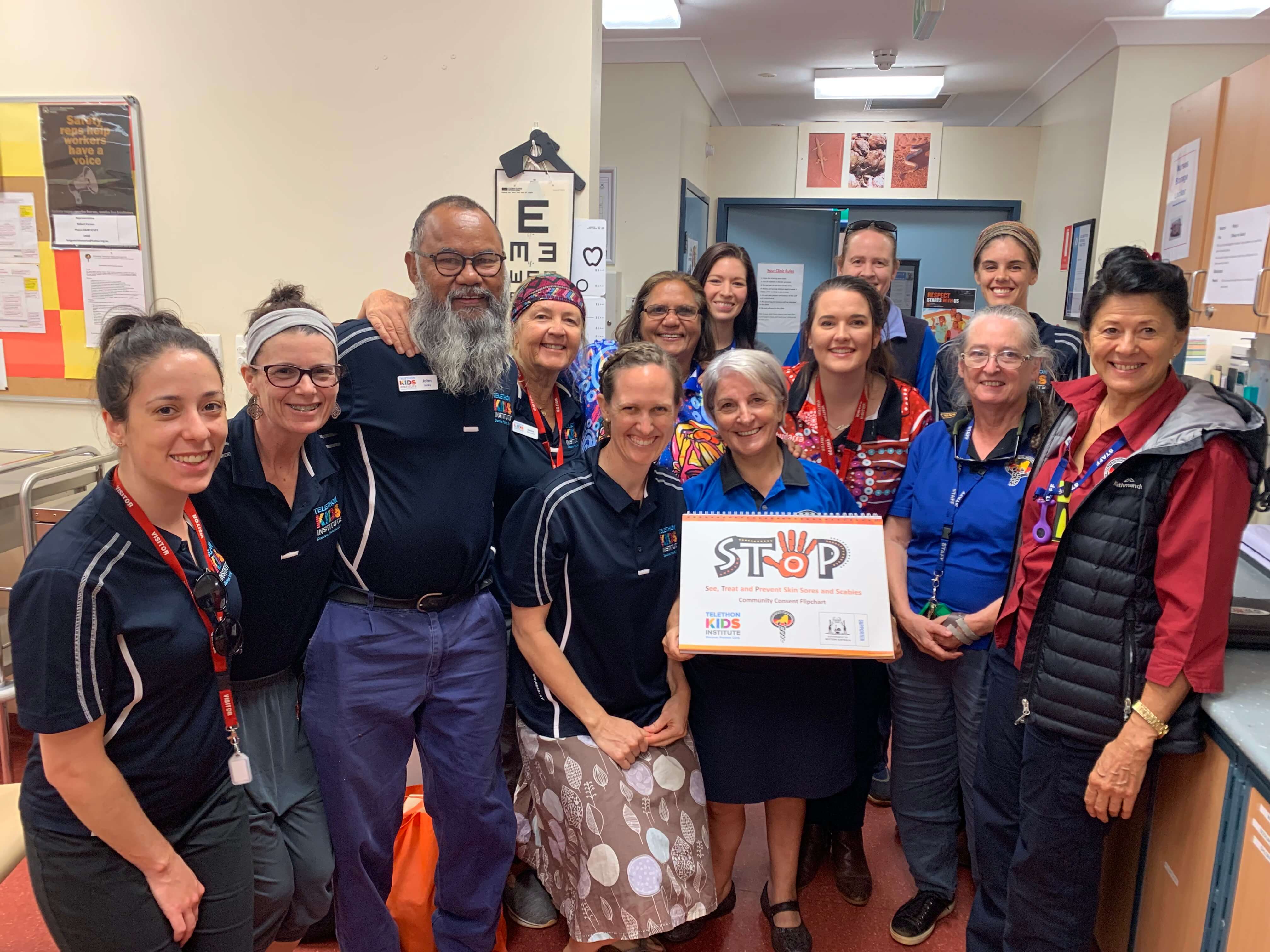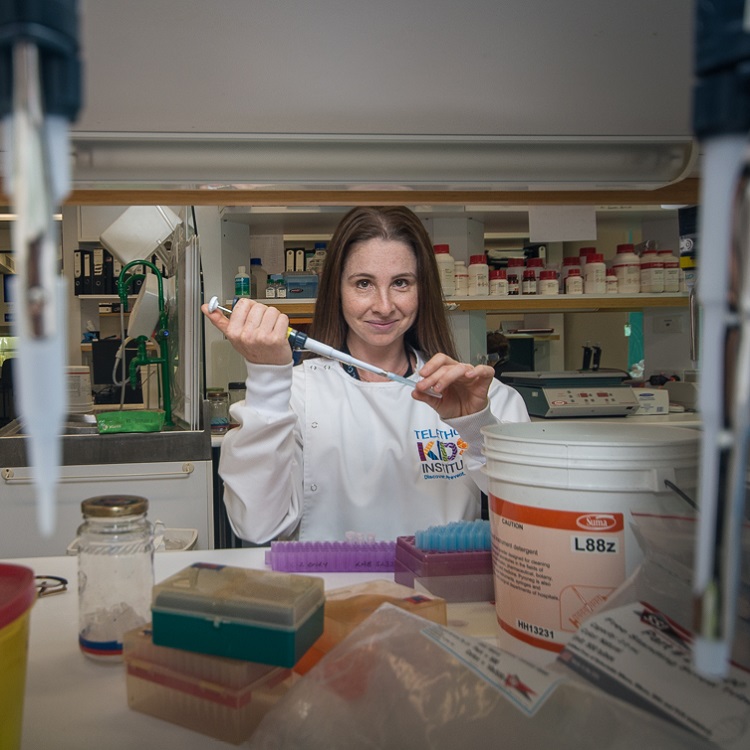Search
Showing results for "Au"

News & Events
Round one done, eight to go for the SToP TrialSix weeks, nine community visits and 380 kids – it’s a wrap for round one of the StoP Trial!

News & Events
Trans Pathways breaks down barriers for Trans YouthWhen Trans Pathways ambassador Drew, 17, came out as trans three years ago, the biggest hurdle for him was the availability of services and the time it took to access support.

News & Events
Government funding for innovative sun safety online tool for teensThe Kids researcher Dr Shelley Gorman has received a Healthway grant to develop an online tool to promote safe sun behaviours to teenagers.

At CliniKids, we offer a communication therapy called PACT to caregivers of children who would like some additional support to understand their child’s communication.
Research
Immunological processes driving IgE sensitisation and disease development in males and femalesIn this review, we discuss recent mechanistic studies casting further light on how the expression of sex hormones may influence the innate and adaptive immune system
Research
Species-Specific and Cross-Reactive IgG1 Antibody Binding to Viral Capsid Protein 1 (VP1) Antigens of Human Rhinovirus Species A, B and CHuman rhinoviruses (HRV) are associated with upper and lower respiratory illnesses, including severe infections causing hospitalization in both children...

News & Events
WATCH: Cultural safety brings community together at Boola BardipBarry Winmar began proceedings with a Welcome to Country and smoking ceremony.

News & Events
Youth Sanctuary to open in SubiacoMental Health Minister Amber-Jade Sanderson presents funding that will enable the Youth Sanctuary to open later this year.
Research
Estimating measures to reduce the transmission of SARS-CoV-2 in Australia to guide a ‘National Plan’ to reopeningThe availability of COVID-19 vaccines promised a reduction in the severity of disease and relief from the strict public health and social measures (PHSMs) imposed in many countries to limit spread and burden of COVID-19. We were asked to define vaccine coverage thresholds for Australia's transition to easing restrictions and reopening international borders.
Research
Interactions between the lipidome and genetic and environmental factors in autismAutism omics research has historically been reductionist and diagnosis centric, with little attention paid to common co-occurring conditions (for example, sleep and feeding disorders) and the complex interplay between molecular profiles and neurodevelopment, genetics, environmental factors and health. Here we explored the plasma lipidome in 765 children (485 diagnosed with autism spectrum disorder (ASD)) within the Australian Autism Biobank.
